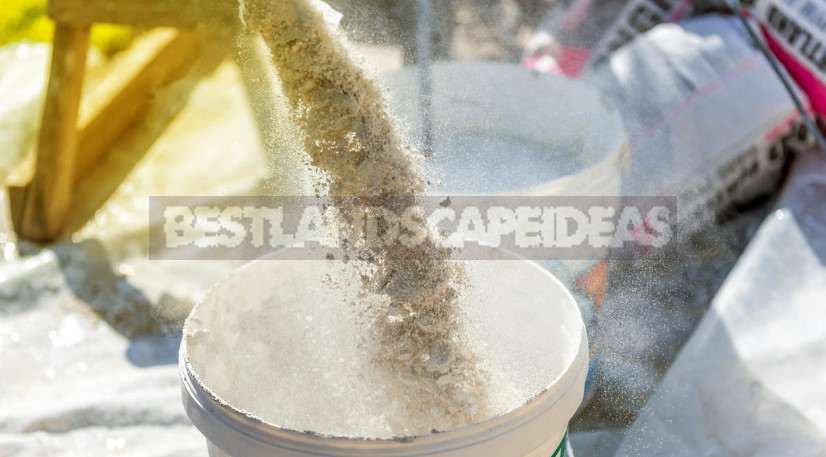
In the previous article we have read the list of additives in dry mixes. After that, the question arises: so how many mixtures should be on the construction site?
I will share my personal memories in this regard. When I was shown a catalog of dry mixes of one nice Italian manufacturer, I could not believe my eyes. The list of mixes and related items were listed 1200 (!) positions’. I couldn’t think of where they could all be used. But there (do not consider it a pun) were offered dozens of formulations that increase the workability of solutions. All this “chemistry” began to penetrate first into the capital construction, and then into the construction of private houses, including country houses.
How to use dry mixes
I’ll start with the main commandment of mixing and preparation of dry mixes: for the preparation of the solution is a dry mixture should be added to the water, and not Vice versa. This postulate is unchanged for all types of solutions.
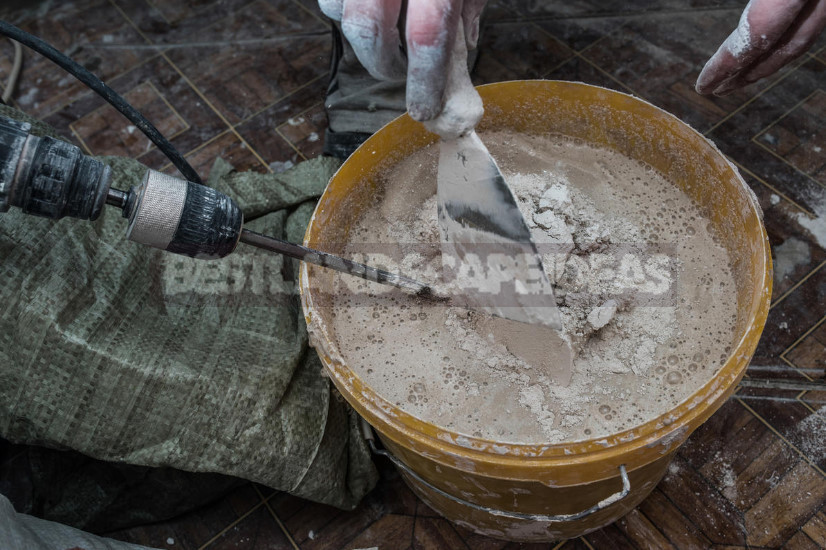
After contact with water, the mixture is stirred for some time, most often with a construction mixer — it is important to bring it to a uniform consistency, without lumps and thickenings. Then you need to wait for the water retention mechanism to come into effect. The aging time is usually 3-5 minutes. Then the mixture is mixed again, and only after that it is ready for use.
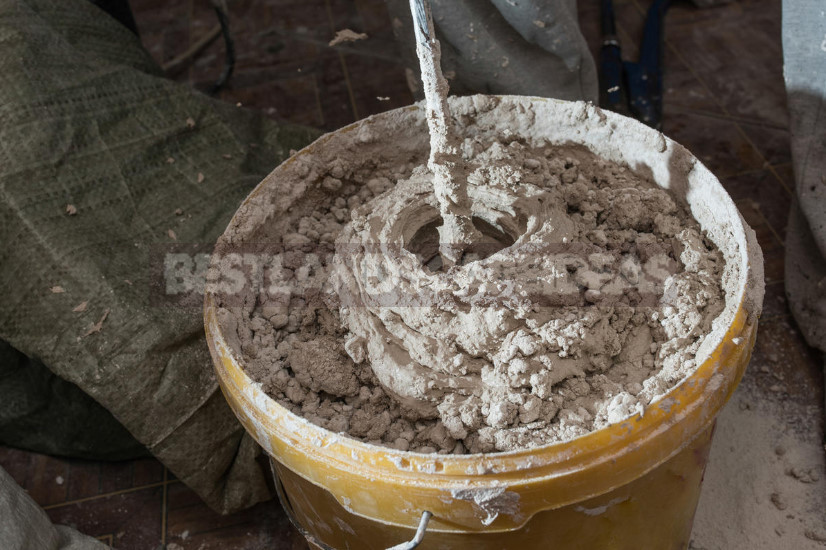
There should be a short footnote, illustrating the “Western” work ethic of the Builder. Who among us gardeners – not poured out of a sack of cement or other bulk material? All, of course, remember the cloud of gray dust, which is immersed in the place of “packaging”, as well as how long then had to shake off the remnants of her work overalls. Noticing this, seemingly a tiny flaw, the Italian company Mapei first on construction market presented a dry mixture, it is not dusty when pouring. By the way, this achievement should be attributed to the section of nanotechnology.
Now back to mixing technology. Each dry construction mixture has its own period during which it must be developed. Adhesive compositions also have adjustment time, that is, the period after laying, during which you can still shift the tile from one place to another, without fear of spoiling the work. Slightly thickened mixture can be mixed again. However, in any case it is impossible to add water to it — it will spoil the solution irrevocably.
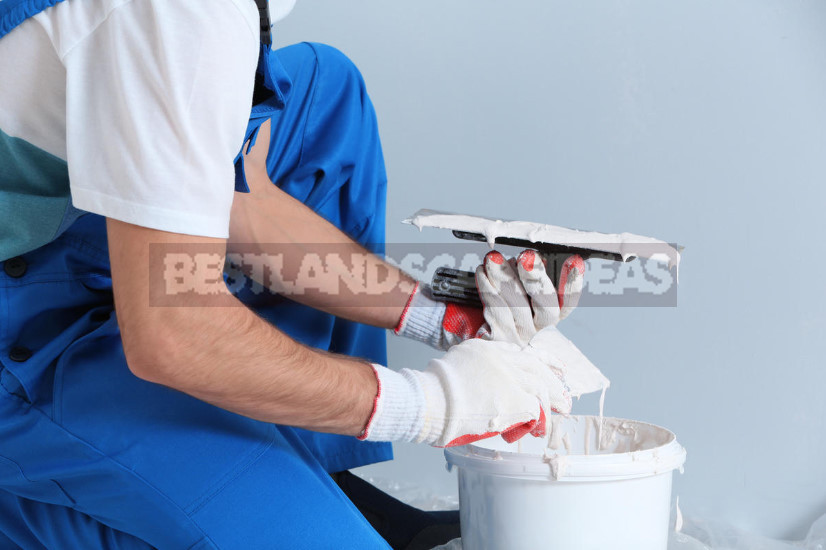
Surface preparation:
- The surface on which the mixture is applied must be dry, free from dust, grease or oil stains, paint, delaminations.
- It is better to ground the base beforehand. Both concrete, and marble, the glazed tile, paint and varnish coverings need it.
- Besides, it is necessary to ground also those bases which are especially sensitive to moisture (plaster plasters, anhydrite couplers) or are subject to deformations (heated floors, balconies and terraces). Suitable primer can always be found in the range of the company whose mixture you purchased. It is reasonable to use materials from one manufacturer, because the chemical composition of dry mixes is very complex. Materials from different companies can unpredictably interact with each other. Sometimes this radically changes their quality and performance.
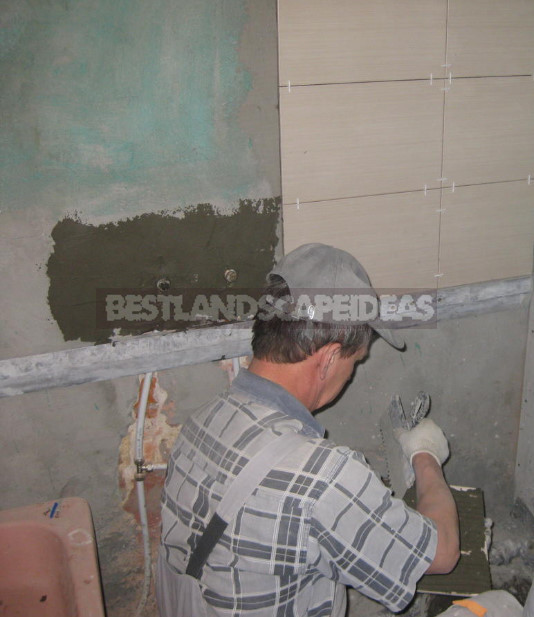
What tools to use
In work the tool from corrosion-proof material shall be applied.
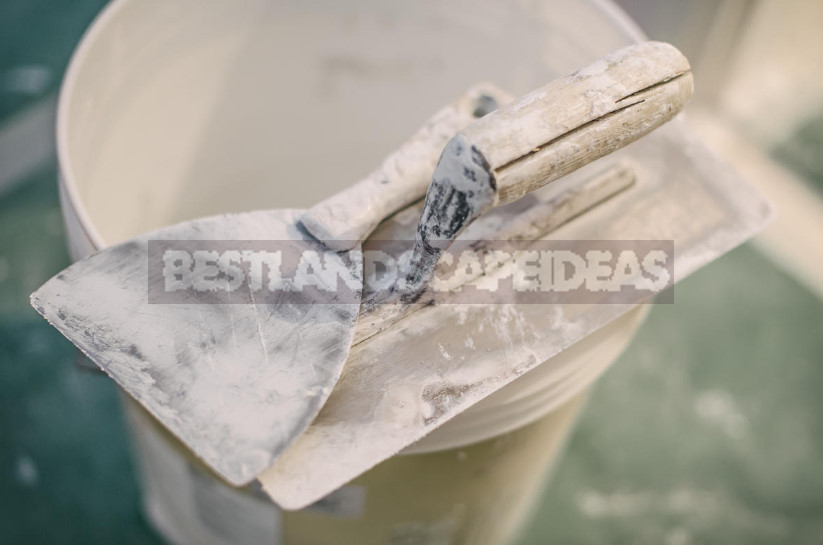
The complex chemical composition of the mixtures affects ordinary steel so much that it corrodes quickly. And rust, getting into the finished solution or on the finished surface, can worsen or even spoil its appearance and properties. In work with dry construction mixes, especially glue, use corrosion-proof metal or plastic grater. Teeth of this tool remove excess glue, and it not only saves material, but also allows to receive a layer of optimum thickness.

The sizes of teeth are selected depending on the format of the laid tile. Seams will be overwritten, protecting them from aggressive environmental influences and the appearance of efflorescence. Any large company that produces tile adhesive always produces a whole range of materials to fill the seams. The choice of grout depends on the width of the seam, the color of the lining, humidity and temperature conditions of operation of the material.
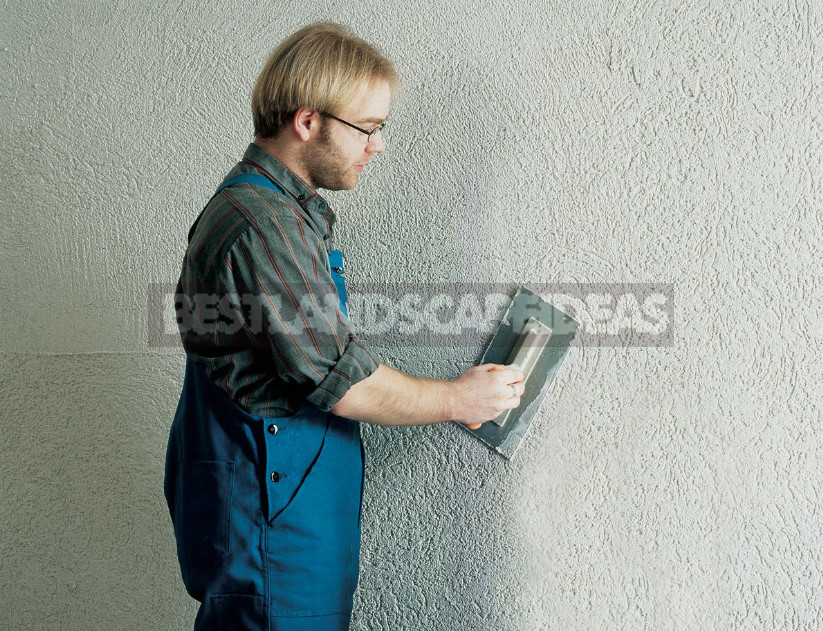
For example, the CE 40 Aquastatic grout designed for grouting ceramic, stone (including marble) and glass coverings on floors and walls inside and outside buildings, with a joint width till 10 mm. Due to the high elasticity grout can be applied on deformable substrates (chipboard, drywall, etc.) and on the grounds are subject to temperature variations (heated floors, terraces, baths, outdoor pools, etc.). Due to the effect of ‘Aquastatic'(hydrophobic properties) and the formula ‘MicroProtect’ (high resistance to fungus and mold) CE 40 grout is optimal for use in rooms with constantly high humidity: bathrooms, showers, kitchens, etc.
Strictly follow the instructions
It is important to remember that all dry mixes have a very complex, scientifically verified composition. To make any changes to it — to add water or mix different products-means to risk the result of the work. For the same reasons, it is necessary to strictly and consistently follow all the instructions for the use of a particular mixture.
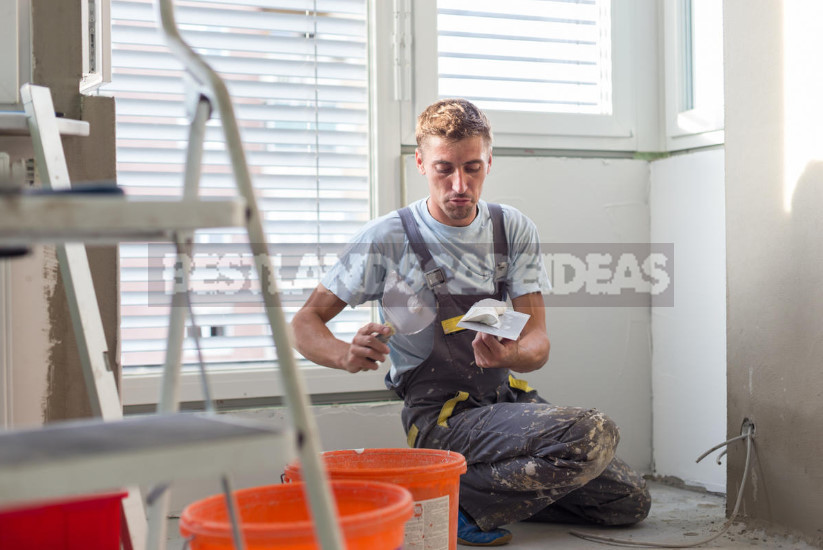
Depending on its composition and purpose of the mixture may have strict restrictions on the thickness of the applied layer. If there are few additives, the solution should be put in a thick layer, otherwise it will not gain the desired strength. It is worse when the solution intended for thin-layer drawing lies too densely. In this case, there is a so-called caramel effect: on the surface of the hardening is normal, but in the depth of the setting and does not occur.
Buying dry mixes, you need to be aware of some market aspects. The cost of almost any composition is determined by the modifying additives used in it. Their cost can be up to 90% of the price of dry mix. This is because the production of modifiers is a very complex and expensive process. They make a few, and they are purchased mainly from the same firms.
Conclusion: the price of such additives for compounds of the same type, for example, plaster, should be approximately the same – in any case, it can not differ by an order of magnitude. Hence, the cost of produced mixtures with the same declared properties should fluctuate only within a relatively small range. Significantly reduce the cost of dry mixes can only change its quality.
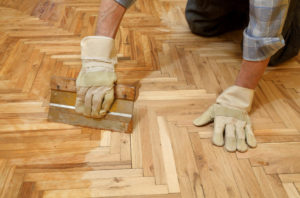
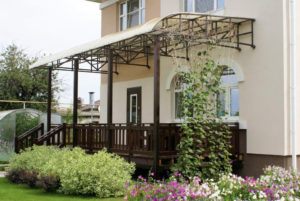
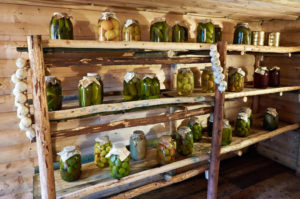

Leave a Reply